21 Truly Fascinating Facts I Learned This Week That Won't Be Leaving My Brain Anytime Soon
- Oops!Something went wrong.Please try again later.
1.On Aug. 8, 2004, a Dave Matthews Band tour bus in Chicago dumped 800 pounds of human waste over the Kinzie Street Bridge in Chicago. While the dumping was illegal, it actually gets worse: A tour boat was going under the bridge at the exact moment the poop began raining down. The Chicago Tribune reported that passengers "described a downpour of foul-smelling, brownish-yellow slurry that ruined their clothes and made several of them sick." The driver ended up paying a fine and served 18 months of probation, while the band donated $50,000 to environmental causes in Chicago as an apology.

2.The notebooks used by Nobel Prize–winning scientist Marie Curie are still incredibly radioactive nearly 90 years after her death. Historians have kept her notebooks in lead-lined boxes in France because when they were discovered, they were so contaminated with radium that they were radioactive. Radium has a half-life of 1,600 years, so it's believed they will remain radioactive for hundreds of years. Curie died in 1934 of aplastic anemia, likely due to overexposure to radium.
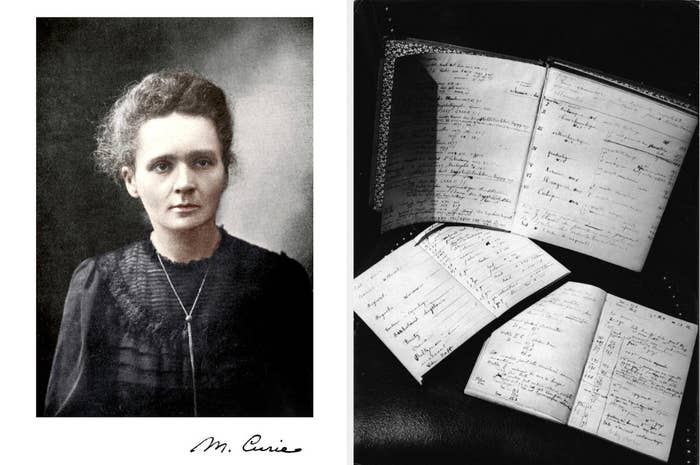
3.Billy Joel is best known for his song "Piano Man," during which he describes the eclectic cast of characters he meets while performing at a bar. Turns out, many of the people mentioned in the song were people Joel knew IRL! In 1972, Joel decided he needed to take a break from New York after getting in an argument with his record company, and moved to Los Angeles. Unable to record elsewhere due to his contract, he took a gig as a lounge singer at a bar, where he performed as "Bill Martin" to prevent being recognized.

Joel ended up writing "Piano Man" after getting to know some of the bar's regulars. He said that Paul, described in the song as a "real estate novelist," was based on a man named Paul who sat at the bar and claimed he was writing what was sure to become a modern classic. "John at the bar" was the bartender Joel worked alongside, while "the waitress practicing politics" refers to Elizabeth Weber, Joel's first wife, who waited tables at the lounge. The song's success surprised Joel. "The melody is not very good and very repetitious, while the lyrics are like limericks," he told Metro. "I was shocked and embarrassed when it became a hit. But my songs are like my kids, and I look at that song and think, My kid did pretty well."
4.Ernie Hudson, who played Winston in Ghostbusters, auditioned for the same role in the animated series but was denied the part after the director told him he didn’t sound enough like Winston from the movie. The decision was even more puzzling considering that Hudson had a long history of voice acting. Arsenio Hall went on to portray Winston in the animated adaptation.

5.Dolphins take sleeping with one eye open to the next level! They "half-sleep" so they can maintain their breathing. Because dolphins don't breathe automatically, they can't fully lose consciousness, otherwise they risk drowning. To ensure they keep breathing, they only allow one hemisphere of their brain to fall asleep at a time. They only close one eye while sleeping, and periodically alternate which side is sleeping.
Tumblr / Via giphy.com
6.I Love Lucy has gone down in TV history for many reasons, but one of the most notable might be the fact that it paved the way for reruns and syndication to dominate our TVs. During the sitcom's run, most shows were broadcast live. However, I Love Lucy was taped using 35 mm film, meaning there was a high-quality archive of every episode. To take advantage of the tapes, CBS began experimenting with reruns while Lucille Ball was pregnant during the show's second season. The reruns were successful, and more networks started to implement the same model.
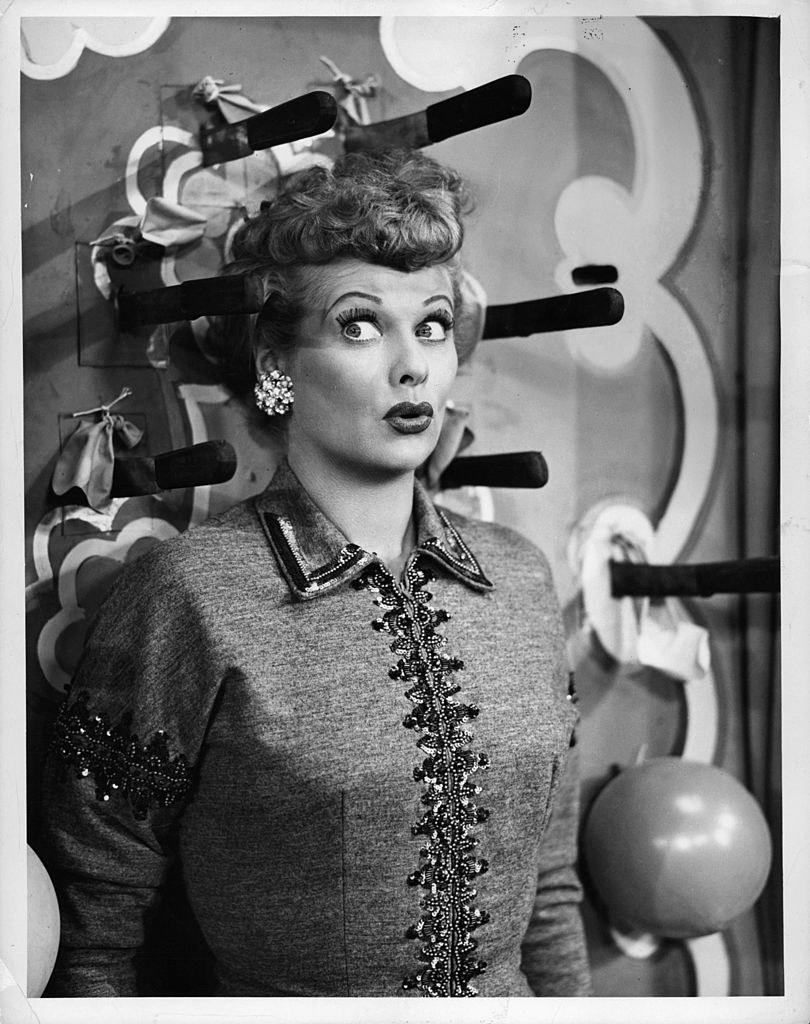
Lucille Ball and Desi Arnaz were also incredibly business-minded. They negotiated lower salaries for their performances in exchange for the rights to the series. Once the couple understood the power of the rerun, they began exploring syndication by allowing other networks to air episodes of the show. This yielded the pair millions. Through their production company, Desilu, Ball and Arnaz also created and negotiated syndication rights for other classics, including Star Trek and Mission: Impossible.
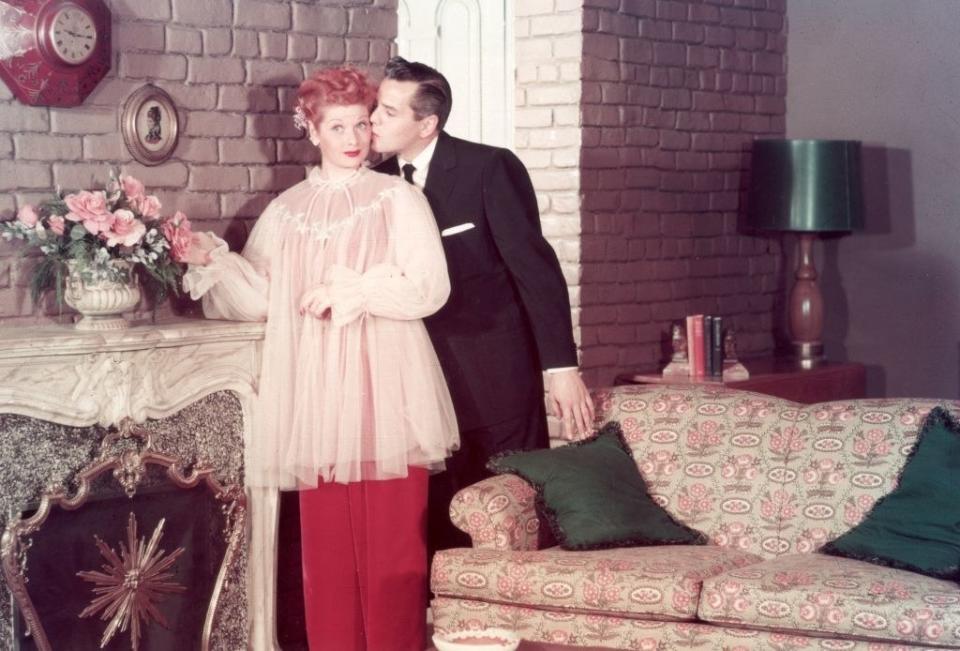
7.You've probably seen the painting that depicts the signing of the Declaration of Independence on July 4, 1776, in Philadelphia, but it actually never happened! In fact, the Declaration wasn't even signed on July 4 — that's just the day it was formally adopted by the Continental Congress. The bulk of the signees actually didn't sign the document until Aug. 2.
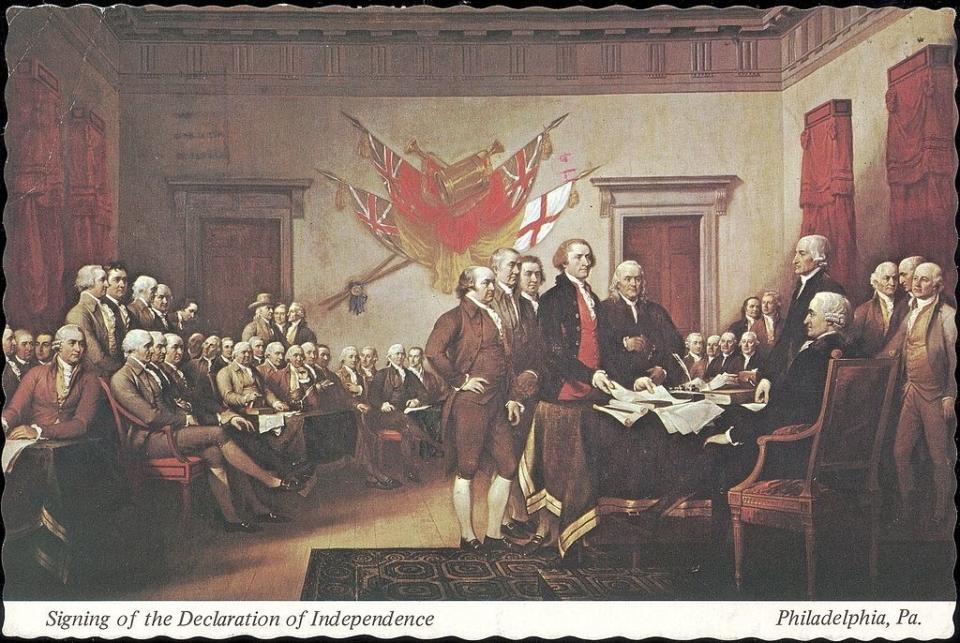
8.When food manufacturers developed margarine in the late 1800s, it stirred a national debate. While margarine is naturally white, it was often dyed yellow. This infuriated farmers, who thought that food companies were trying to influence people to buy margarine instead of butter. They lobbied for rules that would prevent margarine from being dyed yellow. In 1886 the Margarine Act was passed, placing expensive taxes on all margarine to appease the farmers. In addition, some states passed laws that all margarine had to be dyed bright pink to differentiate it, but companies fought back, claiming the pink shade was a major deterrent.

9.While lobsters are now a delicacy, back in the day, they were so cheap and easy to obtain that they were fed to prisoners and slaves. In fact, some people enslaved in Massachusetts bargained with their owners to only be fed lobster once or twice a week because they were so sick of it.
Food Network / Via giphy.com
10.Before the White House was built, the United States government constructed two other presidential residences that have never been occupied by a single president. When George Washington became the nation's first president, he lived in a private home in New York City. Plans were quickly developed to build Government House, a presidential mansion in Manhattan. During the home's construction, the nation's capital was temporarily moved to Philadelphia while Washington, DC, then known as the Federal District, was being developed as part of the 1790 Residence Act.
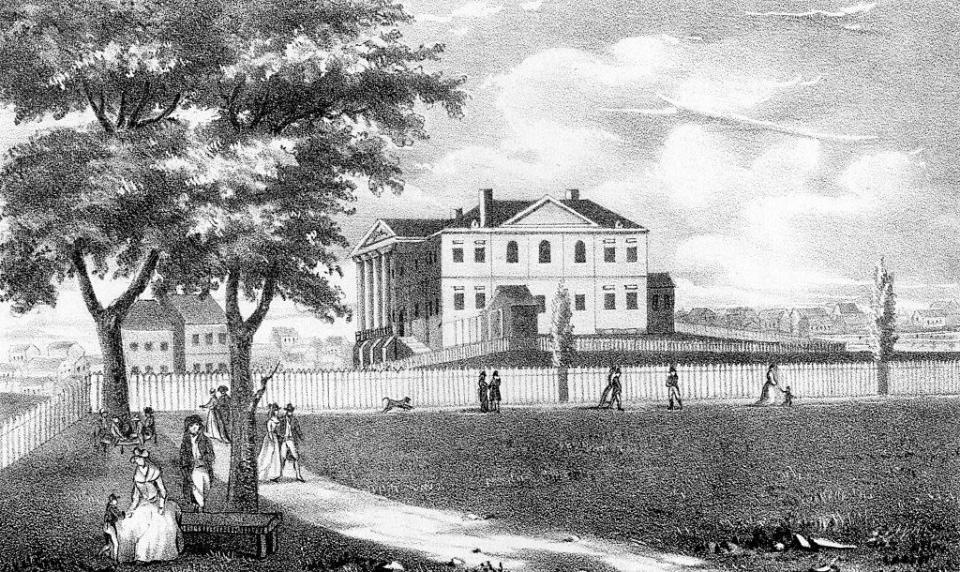
Despite the fact that Philadelphia was only a temporary capital, construction on a new presidential mansion began in 1792. The house was nearly complete when John Adams was sworn in as president in 1797. Adams refused to live in the house, saying that he believed he did not have congressional authorization to live there. The house remained empty until 1800, when the building was sold to the University of Pennsylvania. In 1800, Adams became the first president to live in the White House.
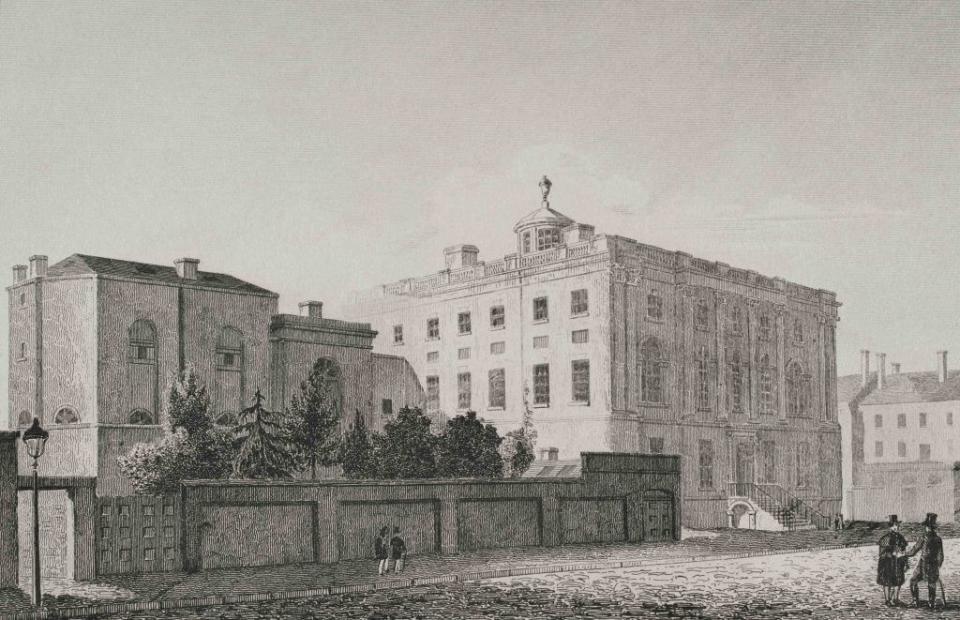
11.Could you imagine Frank Sinatra starring in Die Hard instead of Bruce Willis? Sinatra starred in The Detective in 1968, which was based on a book by Roderick Thorp. Thorp's next novel, while not a direct sequel, followed the same characters as The Detective. When studios set out to make Die Hard, they were contractually obligated to offer the role to a 70-year-old Sinatra, who turned down the part.

12.When Ariana Grande got a tattoo to celebrate her song "7 Rings," the meaning got a little lost in translation. The tattoo, which was supposed to read as "7 rings" in Japanese kanji, actually says "small charcoal grill." Apparently, when put together, the characters for "7" and "rings" spell out "shichirin," which is, indeed, a small charcoal grill. When Grande went to get the tattoo fixed, the meaning changed, but not in the way she hoped. Now the tattoo apparently reads, "Japanese BBQ finger."

13.Remember the plot point in 50 First Dates where Adam Sandler's character creates a video to play every morning for Drew Barrymore's character because she loses her memory every time she wakes up? That sweet scene actually inspired a new form of dementia therapy. A nursing home in New York started getting family members to record messages for its residents, and then played them every day to help with their memories.
CBS / Via giphy.com
14.Mark Twain, who wrote classics like The Adventures of Tom Sawyer, may have predicted his own death thanks to one strange coincidence. Twain was born in 1835, the same year that Halley's comet made an appearance. Halley's comet appears every 75 years, and scientists believe that it's the same comet every time, making it the first comet that follows a predictable, periodic pattern.
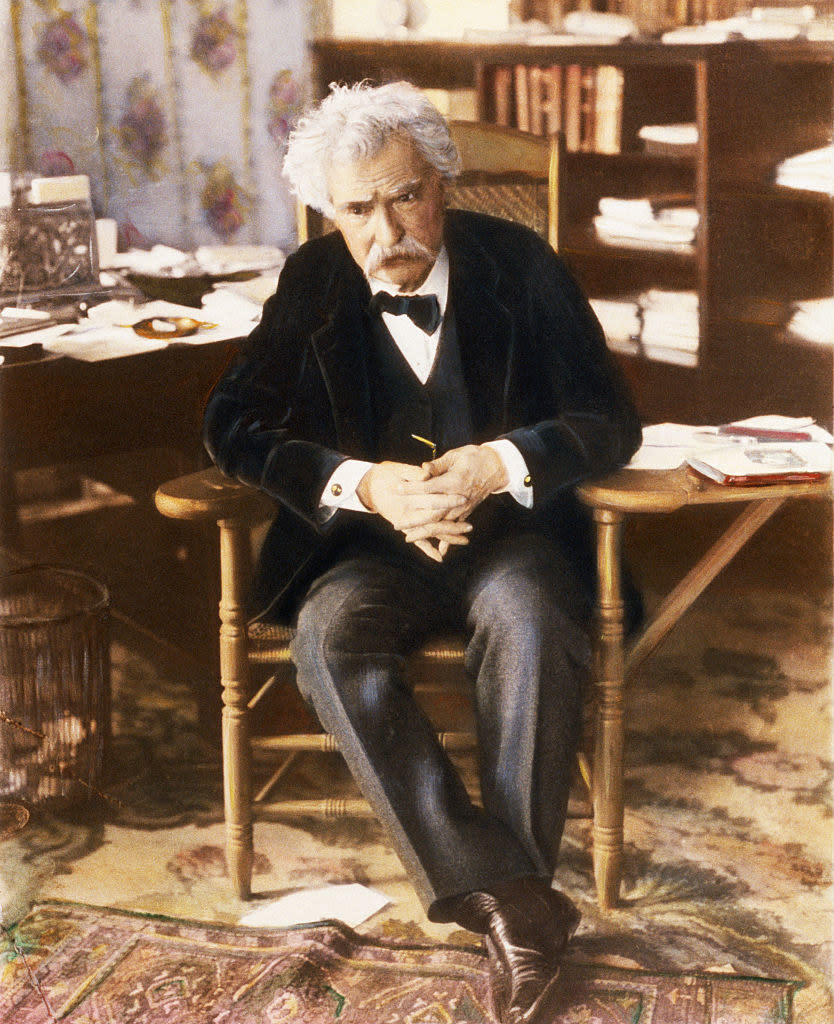
Twain knew all about the comet and would frequently refer to the fact that he was born during one of the comet's trips to Earth. In 1909, Twain told his biographer, "I came in with Halley's comet ... It is coming again ... and I expect to go out with it ... The Almighty has said, no doubt: 'Now here are these two unaccountable freaks; they came in together, they must go out together." Just a year later, in 1910, Twain died of a heart attack as Halley's comet was orbiting Earth.
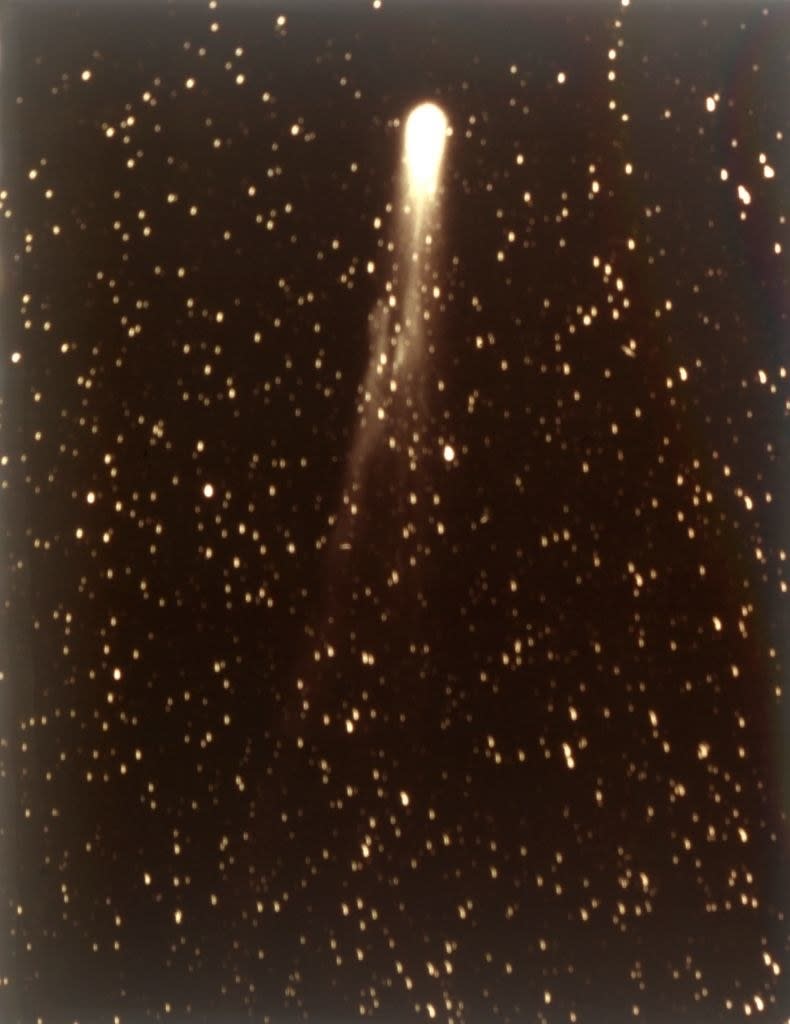
15.Horses actually used to have five toes instead of one hoof, as they do today. Scientists have deduced that the toes disappeared as a result of evolution, with horses losing their side toes first. Their middle toes combined to create one large hoof.
Ascot Racecourse / Via giphy.com
16.Part of the reason Steve Jobs decided on the name "Apple" was that he wanted it to appear in the phone book before Atari, his former company. Apparently, there may have been some bad blood between Jobs and Atari. Rumors swirled that Jobs got stuck working as a technician on the night shift because he smelled so bad that others didn't want to work with him.

17.The Golden Raspberry Awards, typically known as the Razzies, made their debut in 1980 to celebrate the year's worst films. John Wilson got the inspiration for the show as a film student at UCLA. After volunteering at film festivals, Wilson said he realized there were far more bad movies being made than good ones. While hosting an Oscars viewing party in Los Angeles, Wilson decided to invite guests up to roast the worst movies they had seen that year, and thus the Razzies were born.
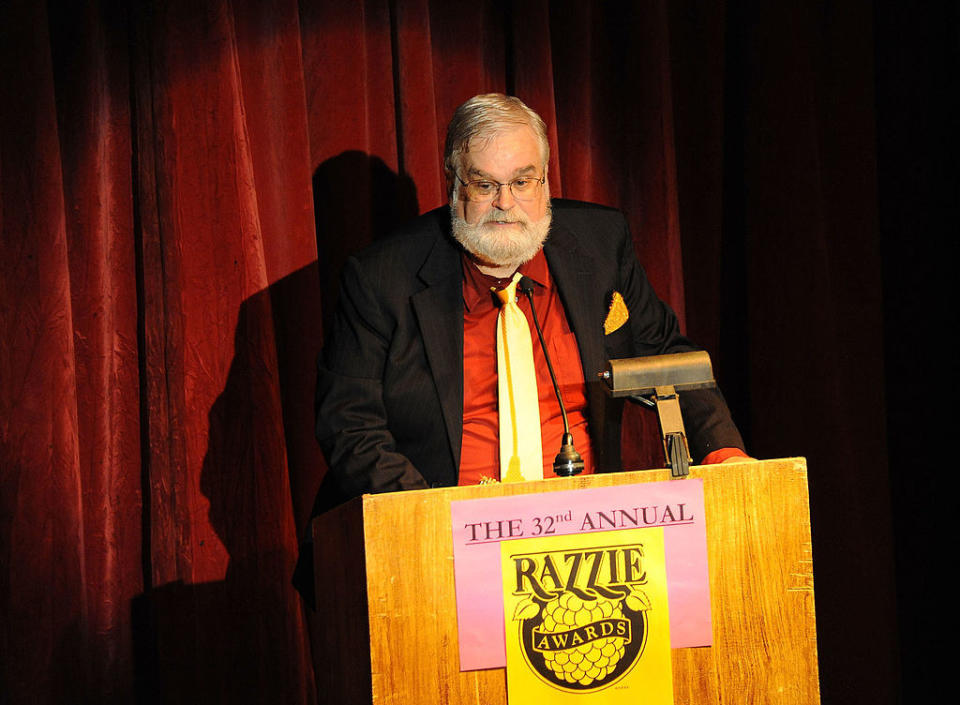
In the following years, the Razzies gained notoriety after the awards received mentions in the press. By 1984, Wilson had begun hosting an official ceremony, held the night before the Academy Awards, which catapulted the awards into the national spotlight. The ceremony is now an awards season staple, with some celebrities even showing up to accept their awards for Worst Actor.

18.We've already discussed the fact that Apollo 10 astronauts had to poop in bags taped to their butt, but did you know that the method sometimes got a little messy? During flight, a single turd reportedly escaped from one of the bags and began floating through the air. All of the astronauts on board refused to take ownership of the poop, which was quickly caught and disposed of, but the stinky scenario entertained listeners at ground control.

19.William Leonard Pickard was known as the Acid King because at one point, he was producing 90% of the world's supply of LSD. On a routine traffic stop in Kansas, a paranoid Pickard fled the scene, leaving behind a car full of drugs. Police began investigating Pickard, and a search of his property found that he was creating mass quantities of drugs, with police seizing about 400 million trips' worth of LSD. Pickard was sentenced in 2003 to two life sentences but was given compassionate release in 2020 because of the coronavirus pandemic.
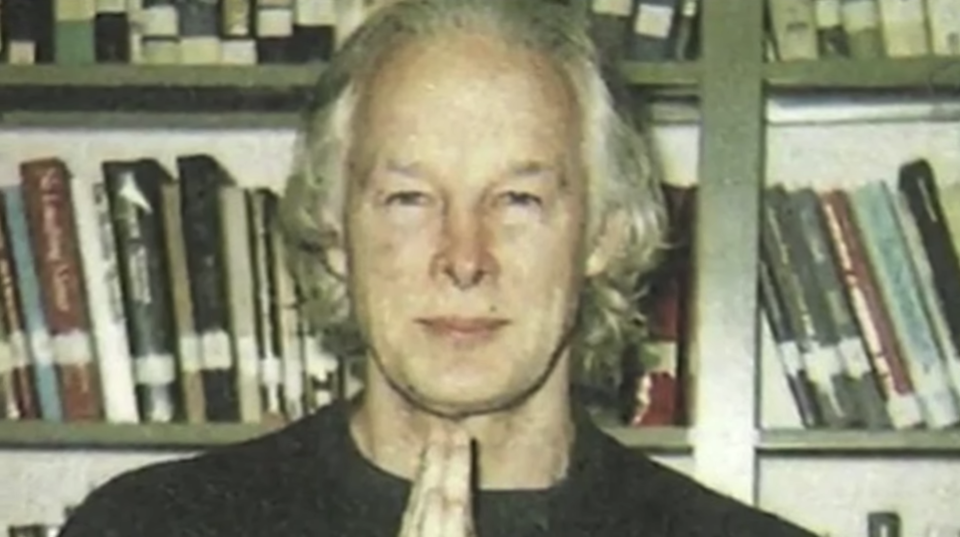
20.Female lions actually do 90% of the hunting for their families. Male lions instinctually protect their families, while females are responsible for feeding their pride.

21.And finally, you might know her as Madame Tussaud, but Marie Grosholtz was the woman behind those iconic wax figures. Grosholtz was born in France in 1761, where she developed an interest in wax figures. She worked as an apprentice under Philippe Curtius, a Swiss master of wax anatomy. Under his guidance, Grosholtz began not only making casts of internal body parts but also modeled the outward appearances of public figures.
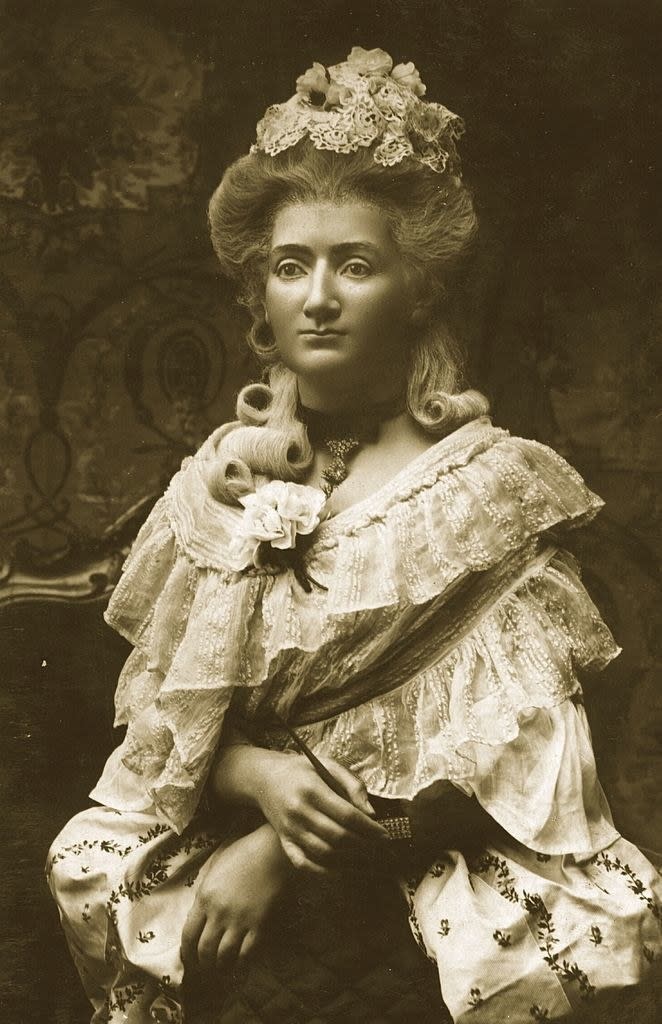
During the French Revolution, Grosholtz started casting guillotined heads and decomposing bodies. The profession became increasingly dangerous, especially as Grosholtz began breaking laws for having casts and molds of people who were no longer acceptable in the eyes of the French government. As a result, she was jailed. Upon her release, she escaped to England, where she held exhibits of her figures, creating the first version of her wax museum.


